- Series Preface
- Dedication
- Contributors
- Preface
- Acknowledgments
- Section 1. General and Introductory Aspects
- Chapter 1. Nutrition and Diabetes: General Aspects
- 1. Introduction
- 2. Historical Perspective
- 3. Guidelines
- 4. Evidence from Clinical Trials
- 5. Further Research
- 6. Conclusions
- Chapter 2. Dietary Patterns and Insulin Resistance
- 1. Introduction
- 2. Carbohydrates
- 3. Lipids
- 4. Proteins
- 5. Concluding Remarks
- Chapter 3. ß-Cell Metabolism, Insulin Production and Secretion: Metabolic Failure Resulting in Diabetes
- 1. Introduction to Pancreatic ß-Cell Metabolism and Metabolic Links to Insulin Secretion
- 2. The Role of Glucose Metabolism, Fatty Acid Metabolism, and Amino Acid Metabolism in the Generation of Metabolic Stimulus–Secretion Coupling Factors
- 3. Nutrient Regulation of ß-Cell Gene Expression
- 4. Metabolic Failure in ß-Cell Dysfunction and Onset of Diabetes
- 5. The Cross-Talk of Apoptosis with ROS and ER Stress in ß-Cell Dysfunction
- 6. Concluding Remarks
- Chapter 4. Diet–Gene Interactions in the Development of Diabetes
- 1. Early History of the Disease and the Seesaw of the Dietary Therapies
- 2. Nutritional Management of Diabetes in the Twenty-First Century
- 3. Diabetes, a Complex Disease with a Significant Genetic Component
- 4. The Role of Gene–Diet Interactions in Diabetes Risk
- 5. Concluding Remarks
- Chapter 5. Pathogenesis of Type 1 Diabetes: Role of Dietary Factors
- 1. Dietary Factors Involved in Type 1 Diabetes Development
- 2. T1D, Celiac Disease, and Gluten Intake
- 3. Dietary Gluten
- 4. Gluten Peptides Are Resistant to Intestinal Degradation
- 5. Dietary Gluten Influences the Development of T1D
- 6. The Immune Response to Gluten in T1D Patients
- 7. The Effect of Gluten on T1D Depends on Dose, Context, and Timing
- 8. Gluten Intake, T1D, and the Intestinal Microflora
- 9. Intestinal Alterations in Animal Models of T1D and Human Patients
- 10. The Number of Pancreas-Infiltrating Autoreactive T Cells Is Increased in the Intestinal Tissue
- 11. Intake of Gluten Changes Specific Immune System Parameters
- 12. Gluten Is Found in Blood and Could Affect the Pancreatic ß Cells
- 13. Conclusion
- Section 2. Molecular Biology of the Cell
- Chapter 6. Oxidative Stress in Diabetes: Molecular Basis for Diet Supplementation
- 1. Introduction
- 2. Oxidative Stress and Oxidation Damage in Diabetes
- 3. Oxidative Stress and Oxidation Damage in Diabetic Complications
- 4. Antioxidants in Diabetes: Implications for Use of Bioactive Food Components
- 5. Conclusions
- Chapter 7. Impact of Type 2 Diabetes on Skeletal Muscle Mass and Quality
- 1. Introduction
- 2. Regulation of Protein Degradation in Skeletal Muscle
- 3. Skeletal Muscle Mass in Insulin Resistance and T2D
- 4. TP53INP2 and its Role in Autophagy
- 5. TP53INP2 in Skeletal Muscle and T2D
- 6. Skeletal Muscle Quality in Insulin Resistance and T2D
- 7. Mitochondrial Dynamics, Mitophagy, and Insulin Resistance
- 8. Concluding Remarks
- Chapter 8. Mechanisms Whereby Whole Grain Cereals Modulate the Prevention of Type 2 Diabetes
- 1. Introduction
- 2. Whole Grains versus Refined Flour
- 3. Meta-Analyses and Epidemiological Studies
- 4. Intervention Studies
- 5. Mechanisms of Action
- 6. Conclusions
- Chapter 9. Peroxisome Proliferator-Activated Receptors (PPARs) in Glucose Control
- 1. PPAR: An Overview
- 2. Molecular Mechanisms of PPAR Activation
- 3. The Role of PPARs in the Control of Glucose Metabolism
- 4. Dietary-Derived PPAR Ligands as Supplementary Strategies in Glucose Control
- 5. Conclusions
- Chapter 10. High-Fat Diets and ß-Cell Dysfunction: Molecular Aspects
- 1. Introduction
- 2. Biology of the ß Cell
- 3. Compensatory Response of the ß Cell to High-Fat Diet-Induced Insulin Resistance
- 4. High-Fat Diet and ß-cell Failure and Death
- 5. Concluding Remarks
- Chapter 11. Native Fruits, Anthocyanins in Nutraceuticals, and the Insulin Receptor/Insulin Receptor Substrate-1/Akt/Forkhead Box Protein Pathway
- 1. Anthocyanins: General Characteristics
- 2. Anthocyanin Sources in Foods of Plant Origin
- 3. Health Effects of Anthocyanins
- 4. Insulin Signaling Pathway
- 5. Molecular Mechanisms of Insulin Resistance
- 6. Insulin Sensitizing and Antidiabetic Properties of Anthocyanins
- 7. Concluding Remarks
- Chapter 12. Influence of Dietary Factors on Gut Microbiota: The Role on Insulin Resistance and Diabetes Mellitus
- 1. Introduction
- 2. Influence of Dietary Factors on Gut Microbiota
- 3. Impact of Prebiotics, Probiotics, and Exercise on Gut Microbiota
- 4. Gut Microbiota Interactions with Insulin Resistance and Diabetes
- 5. Gut Microbiota and Type 1 Diabetes
- 6. Future Perspectives
- Chapter 13. Molecular Aspects of Glucose Regulation of Pancreatic ß Cells
- 1. Introduction
- 2. Intracellular Glucose Signaling
- 3. Glucose as a Mitogenic Signal for ß Cells
- 4. Glucose Signaling and ß-Cell Transcription
- 5. Glucotoxicity
- 6. Concluding Remarks
- Chapter 14. Metals in Diabetes: Zinc Homeostasis in the Metabolic Syndrome and Diabetes
- 1. Introduction
- 2. Zn and Insulin
- 3. A Potential Risk of Zn Deficiency for the Metabolic Syndrome and Diabetes
- 4. Effect of Diabetes on Zn Homeostasis
- 5. Prevention and/or Improvement of Metabolic Syndrome and Diabetes by Zn Supplementation as well as Possible Mechanisms
- 6. Conclusions
- 7. Potential Clinical Implication for the Management of Diabetic Patients
- Chapter 15. Cocoa Flavonoids and Insulin Signaling
- 1. Introduction
- 2. Physiology of Insulin Action
- 3. Pathophysiology of Insulin Action
- 4. Dietary Flavonoids
- 5. Cocoa Flavonoids
- 6. Cocoa Flavonoids and Insulin Action
- 7. Conclusions
- List of Abbreviations
- Chapter 16. Dietary Proanthocyanidin Modulation of Pancreatic ß Cells: Molecular Aspects
- 1. Proanthocyanidins: A Brief Description
- 2. Proanthocyanidins and Type 1 Diabetes
- 3. Type 2 Diabetes
- 4. Proanthocyanidin Effects in Glucose Homeostasis on Insulin Resistance and on T2D
- 5. Proanthocyanidin Effects on Insulin Sensing Tissues
- 6. Proanthocyanidin Effects on ß-Cell Functionality: Control of Insulin Production
- 7. Proanthocyanidin Effects on the Incretin System
- 8. Human Studies
- 9. Conclusions
- Chapter 17. Dietary Whey Protein and Type 2 Diabetes: Molecular Aspects
- 1. Introduction
- 2. Constituents of the WP
- 3. Studies in Support of the Antihyperglycemic Effect of Whey
- 4. What Do Exercise and Dietary Protein Have to Do with Hyperglycemia?
- 5. Type, Amount, and Form of Taking the Protein
- 6. Whey Proteins and the Incretins
- 7. Whey Peptides, Stress, and the Heat-Shock Proteins
- 8. Possible Strategies for a More Rational Use of Whey Peptides
- 9. Conclusions
- Chapter 18. Dietary Fatty Acids and C-Reactive Protein
- 1. Introduction
- 2. CRP and Diabetes
- 3. Diet and CRP
- 4. Dietary Fatty Acids and CRP
- 5. Conclusions
- Chapter 19. Alcoholic Beverage and Insulin Resistance–Mediated Degenerative Diseases of Liver and Brain: Cellular and Molecular Effects
- 1. Overview
- 2. Alcohol-Related Liver Disease
- 3. Alcohol-Related Neurodegeneration
- 4. Concluding Remarks
- Section 3. Genetic Machinery and its Function
- Chapter 20. Genetic Variants and Risk of Diabetes
- 1. Introduction
- 2. Genetic Variants for T2D
- 3. Genetic Variants for Insulin Secretion and Action
- 4. Growth Factor Receptor-Bound Protein 10
- 5. Rare and Low-Frequency Variants
- 6. Genetic Prediction of T2D
- 7. Future Directions
- Chapter 21. MicroRNA and Diabetes Mellitus
- 1. Introduction
- 2. miRNA Biogenesis
- 3. miRNAs Acting in ß-Cell Development
- 4. miRNAs Acting on Glucose-Stimulated Insulin Secretion
- 5. Regulation of Insulin Transcription by miRNAs
- 6. ß-Cell Mass in Obesity and Pregnancy
- 7. ß-Cell Failure in T2D
- 8. miRNAs in Skeletal Muscle, Adipose Tissue, and Liver
- 9. miRNAs Regulated by Nutritional State and Specific Ingredients
- 10. miRNAs as Circulating Biomarkers
- 11. Conclusions and Perspectives
- List of Abbreviations
- Chapter 22. Diabetes Mellitus and Intestinal Niemann-Pick C1–Like 1 Gene Expression
- 1. Cholesterol Homeostasis
- 2. Intestinal Cholesterol Absorption
- 3. Intestinal NPC1L1 Cholesterol Transporter
- 4. Transcriptional Regulation of NPC1L1
- 5. NPC1L1 and Diseases
- 6. NPC1L1 and Diabetes
- 7. Conclusion
- Chapter 23. Dietary Long Chain Omega-3 Polyunsaturated Fatty Acids and Inflammatory Gene Expression in Type 2 Diabetes
- 1. Introduction
- 2. Inflammation in T2D
- 3. Inflammatory Gene Expression in T2D
- 4. Long Chain Omega-3 Polyunsaturated Fatty Acids on Inflammation and T2D
- 5. n-3 Polyunsaturated Fatty Acids on Neuroinflammation in Diabetes
- 6. Conclusion
- Chapter 24. Polymorphism, Carbohydrates, Fat, and Type 2 Diabetes
- 1. Introduction
- 2. Effect of Dietary Carbohydrates and Fat on T2D
- 3. Polymorphisms and T2D
- 4. Interaction between Carbohydrates, Fat, and Gene Polymorphisms
- 5. Future Perspectives
- Chapter 25. Genetic Basis Linking Variants for Diabetes and Obesity with Breast Cancer
- 1. Obesity and Breast Cancer
- 2. Insulin Resistance and Breast Cancer
- 3. Adiponectin and Adiponectin Receptor 1 Genes
- 4. Leptin and Leptin Receptor Genes
- 5. Fat Mass and Obesity Associated Gene
- 6. Obesity, Breast Cancer, and Methylation
- 7. Nutrigenomics Perspective to Reduce Obesity-Mediated Breast Cancer Risk
- 8. Conclusions
- Chapter 26. Vitamin D Status, Genetics, and Diabetes Risk
- 1. Vitamin D Metabolism and Epidemiology
- 2. Vitamin D Deficiency and Diabetes Risk
- 3. Genetic Basis of Vitamin D Deficiency
- 4. Conclusions and Future Directions
- Chapter 27. NRF2-Mediated Gene Regulation and Glucose Homeostasis
- 1. Introduction
- 2. Detoxification Processes in Cells
- 3. Antioxidative Stress Response Systems in Cells
- 4. Anti-inflammatory Function of NRF2
- 5. Molecular Basis of the KEAP1-NRF2 System Function
- 6. Pancreatic ß Cells and Oxidative and Nitrosative Stresses
- 7. Roles of NRF2 on Antioxidative Response in Pancreatic ß Cells
- 8. NRF2 Regulation of Inflammation and Other Cellular Responses in Pancreatic ß Cells
- 9. Glucose Homeostasis in Insulin-Sensitive Tissues
- 10. Nutrition and NRF2 Inducing Phytochemicals
- 11. Conclusion
- Chapter 28. Hepatic Mitochondrial Fatty Acid Oxidation and Type 2 Diabetes
- 1. Introduction
- 2. Lipogenesis as a Target to Reduce Liver Triacylglycerol Content
- 3. Stimulation of the Peroxisome Proliferator-activated Receptor-a
- 4. Peroxisome Proliferator-Activated Receptor-? Coactivator-1 as Target to Stimulate Hepatic Long-Chain Fatty Acid Oxidation
- 5. Targeting Liver Mitochondrial Fatty Acid Oxidation to Improve Hepatic Insulin Sensitivity
- 6. General Conclusion
- Chapter 29. Current Knowledge on the Role of Wnt Signaling Pathway in Glucose Homeostasis
- 1. Introduction of the Wnt Signaling Pathway
- 2. Recognition of Wnt Signaling Pathway Components as Diabetes Risk Genes
- 3. TCF7L2 as a Diabetic Risk Gene and Its Role in Glucose Homeostasis
- 4. Summary and Perspectives
- Index
|
|
|
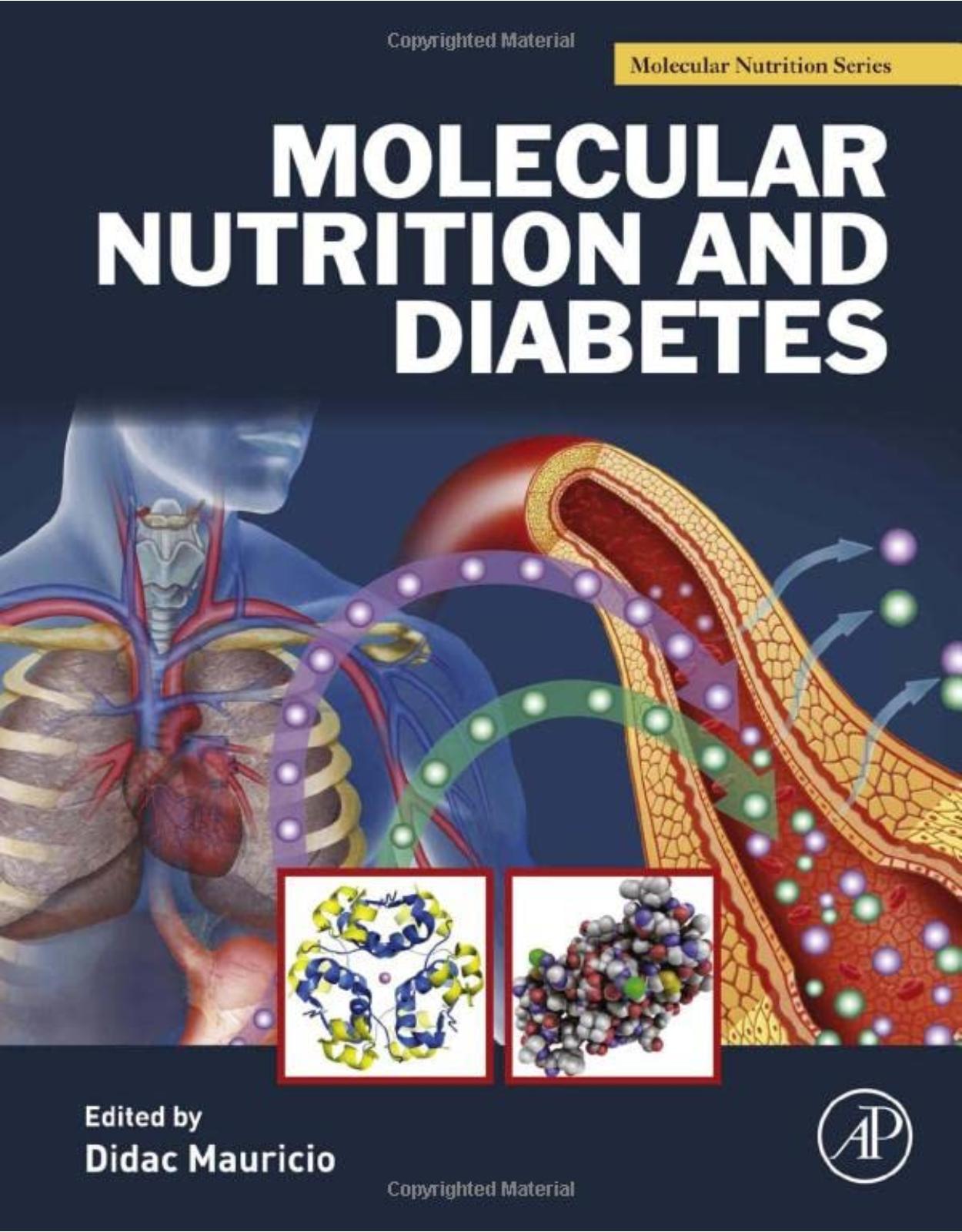

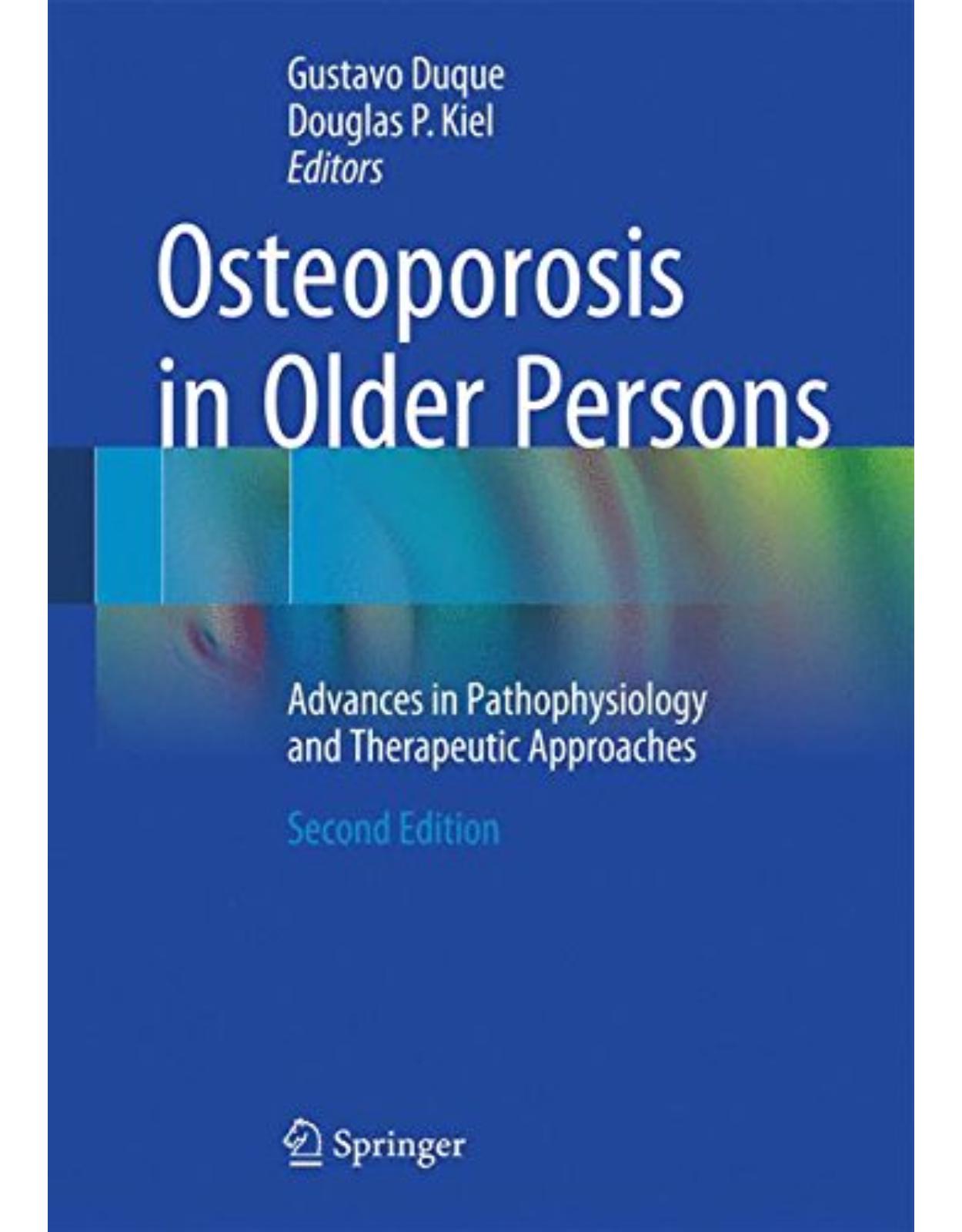
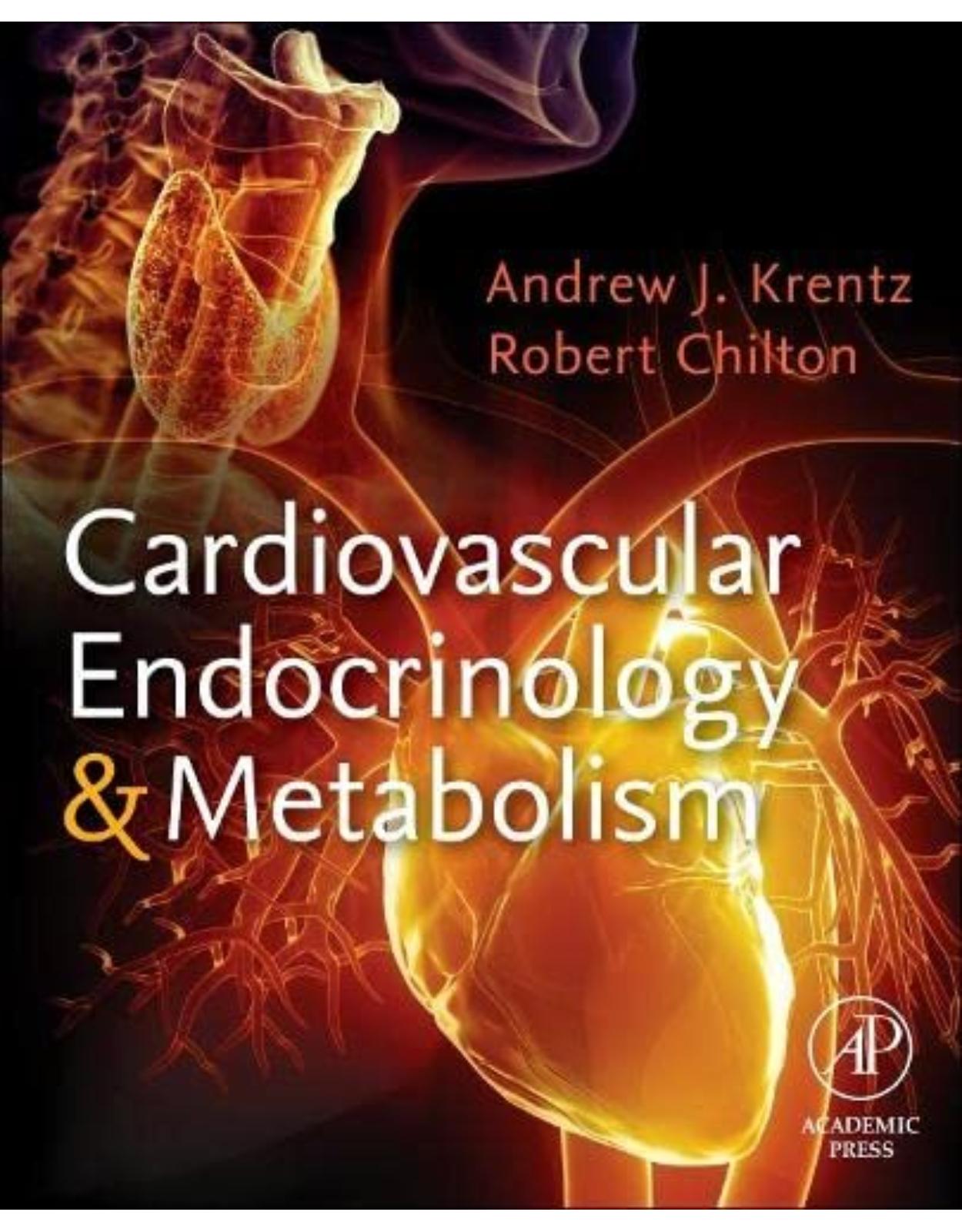

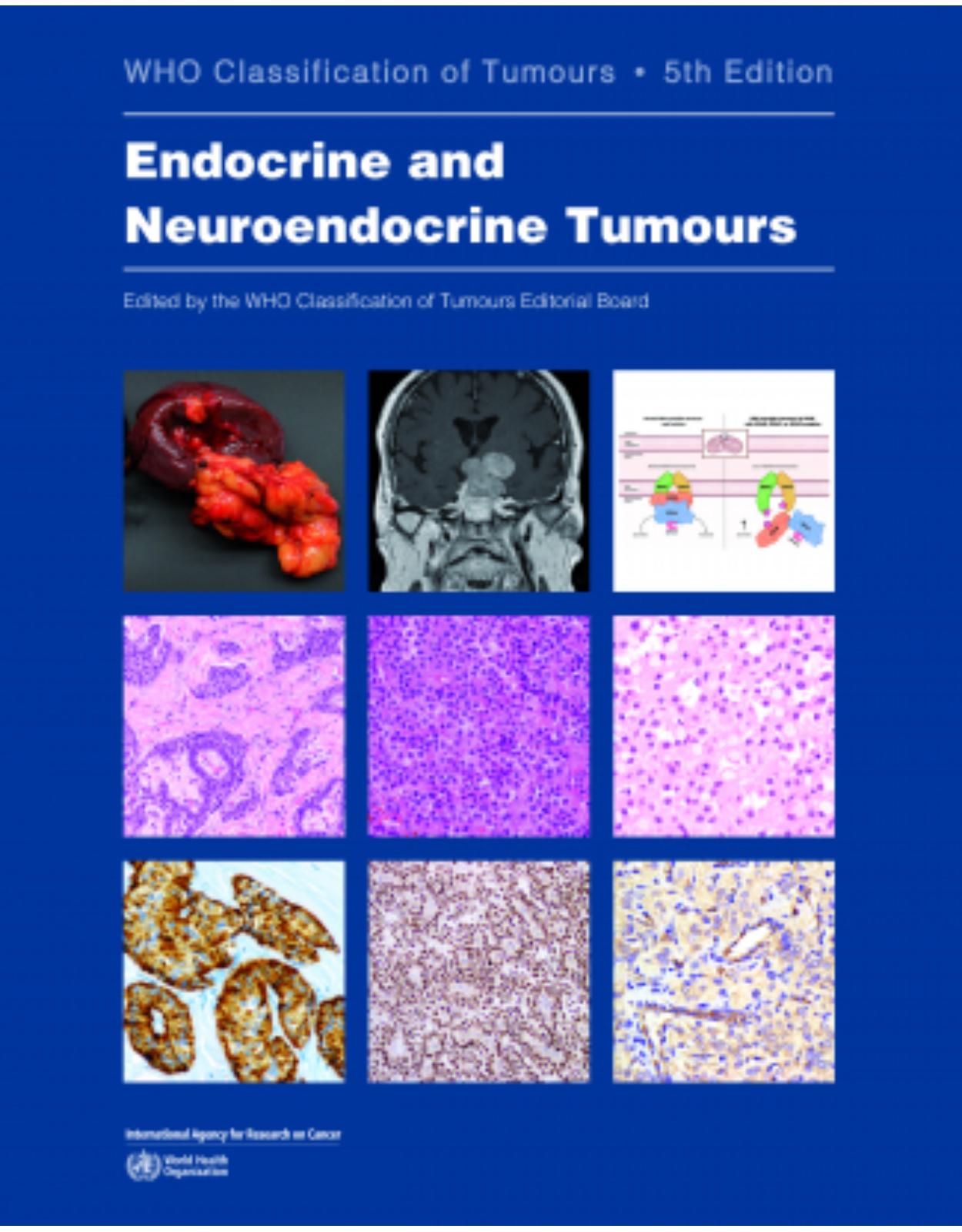

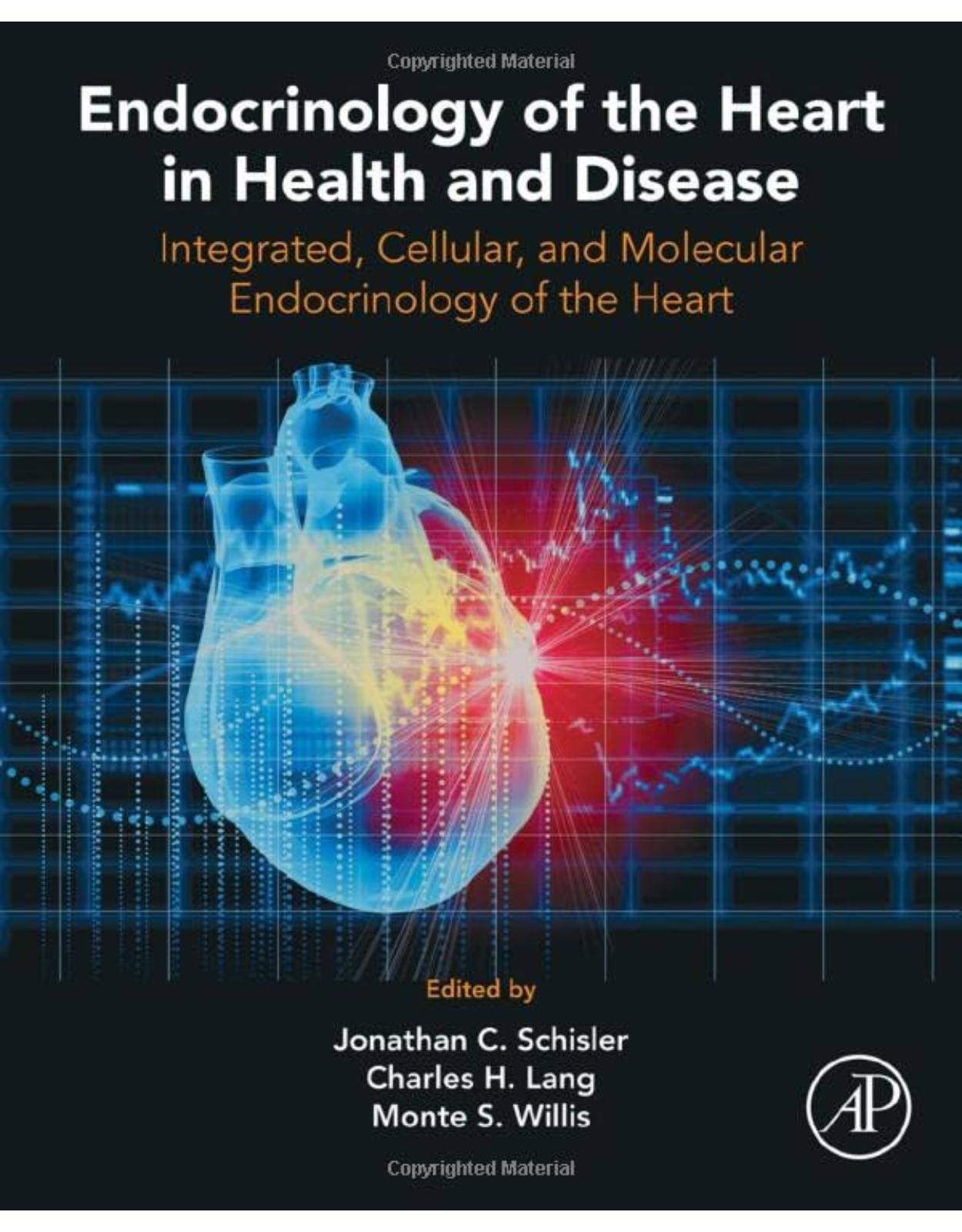


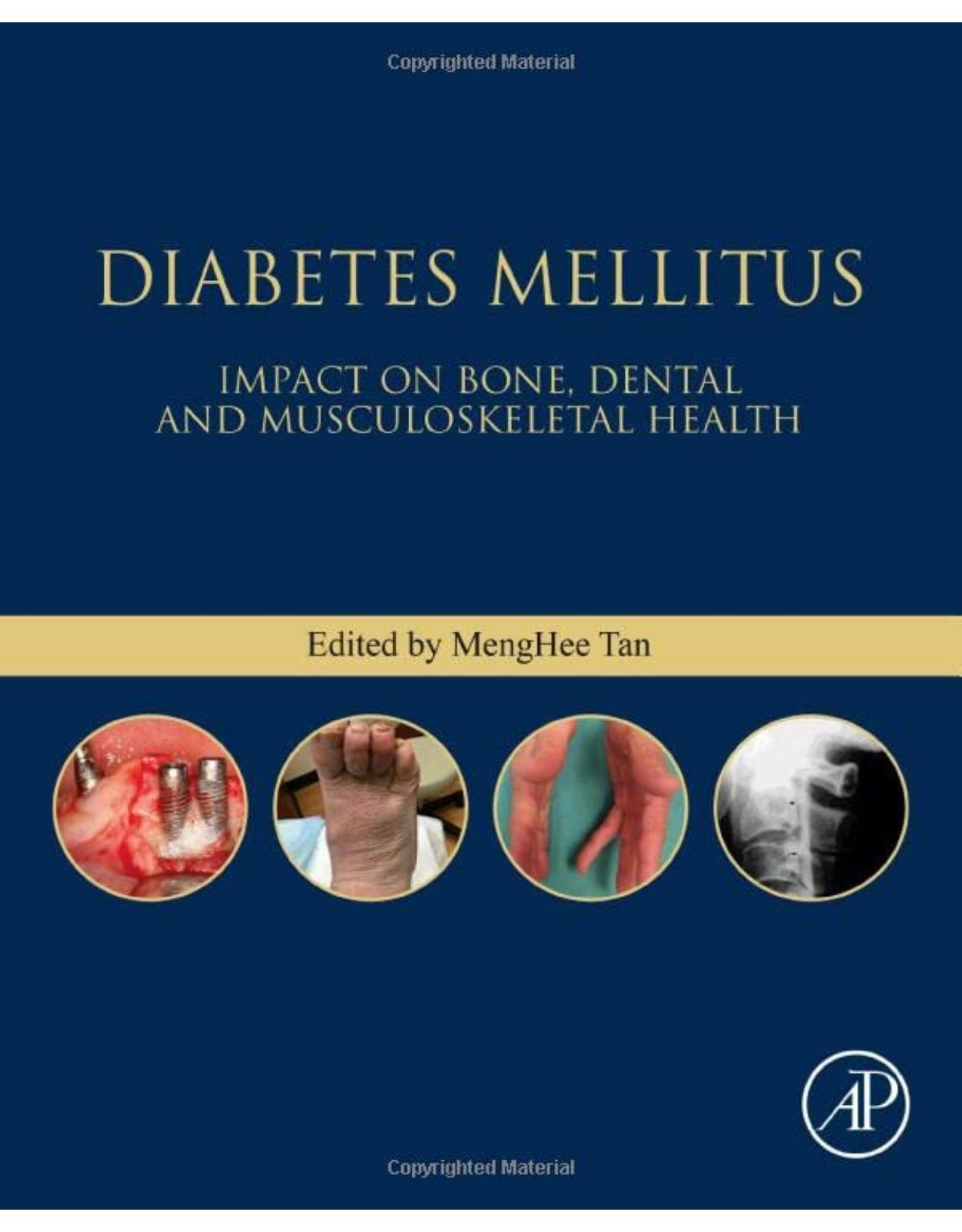
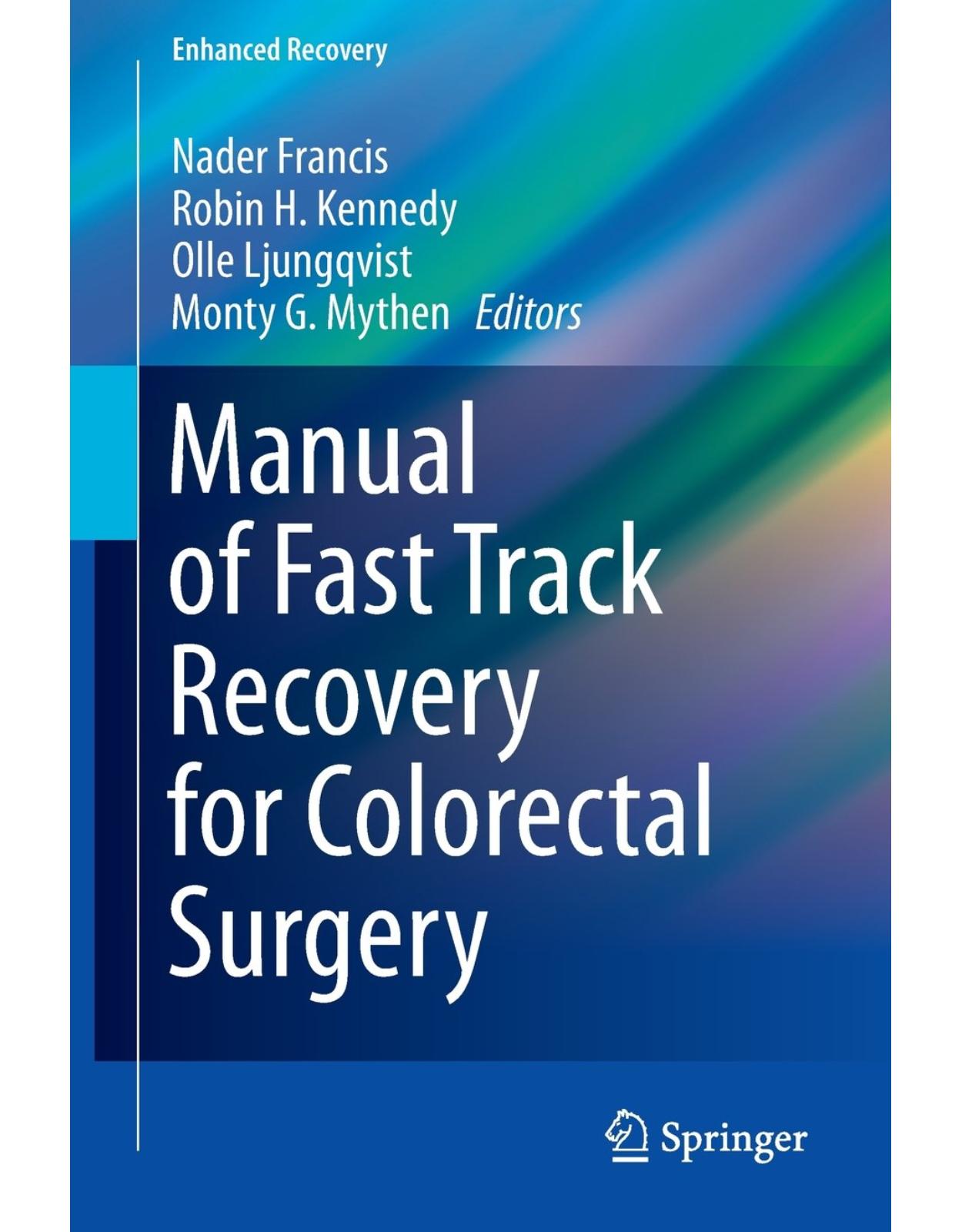
Clientii ebookshop.ro nu au adaugat inca opinii pentru acest produs. Fii primul care adauga o parere, folosind formularul de mai jos.